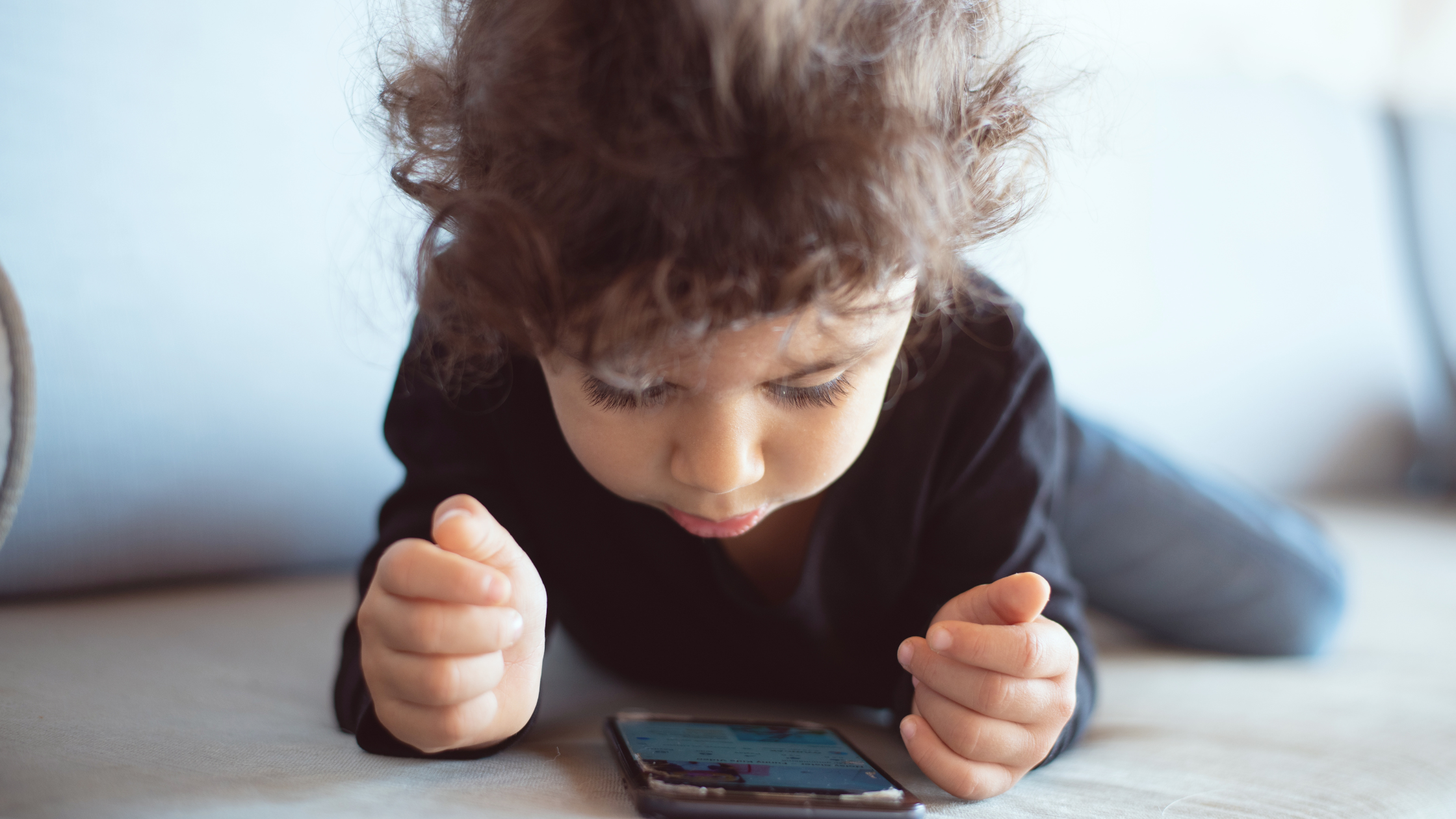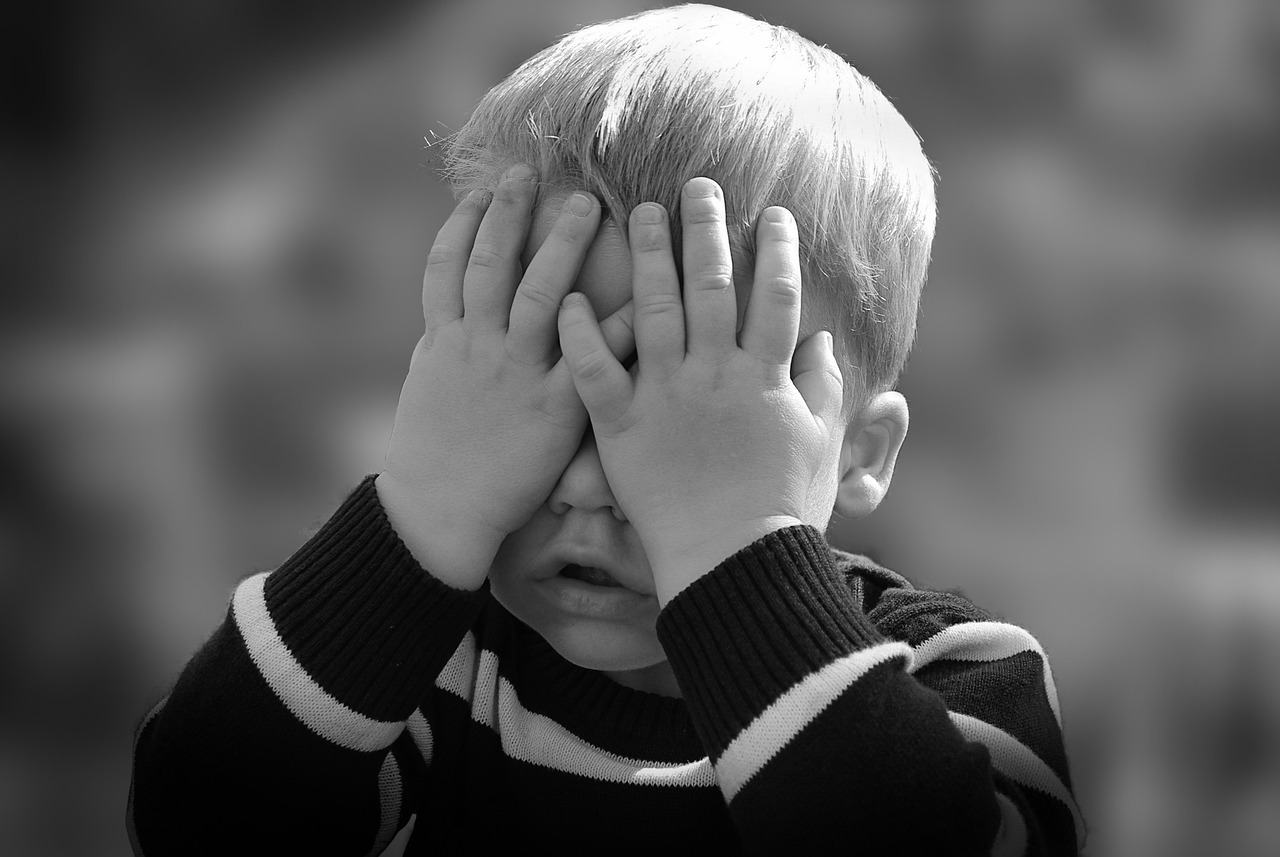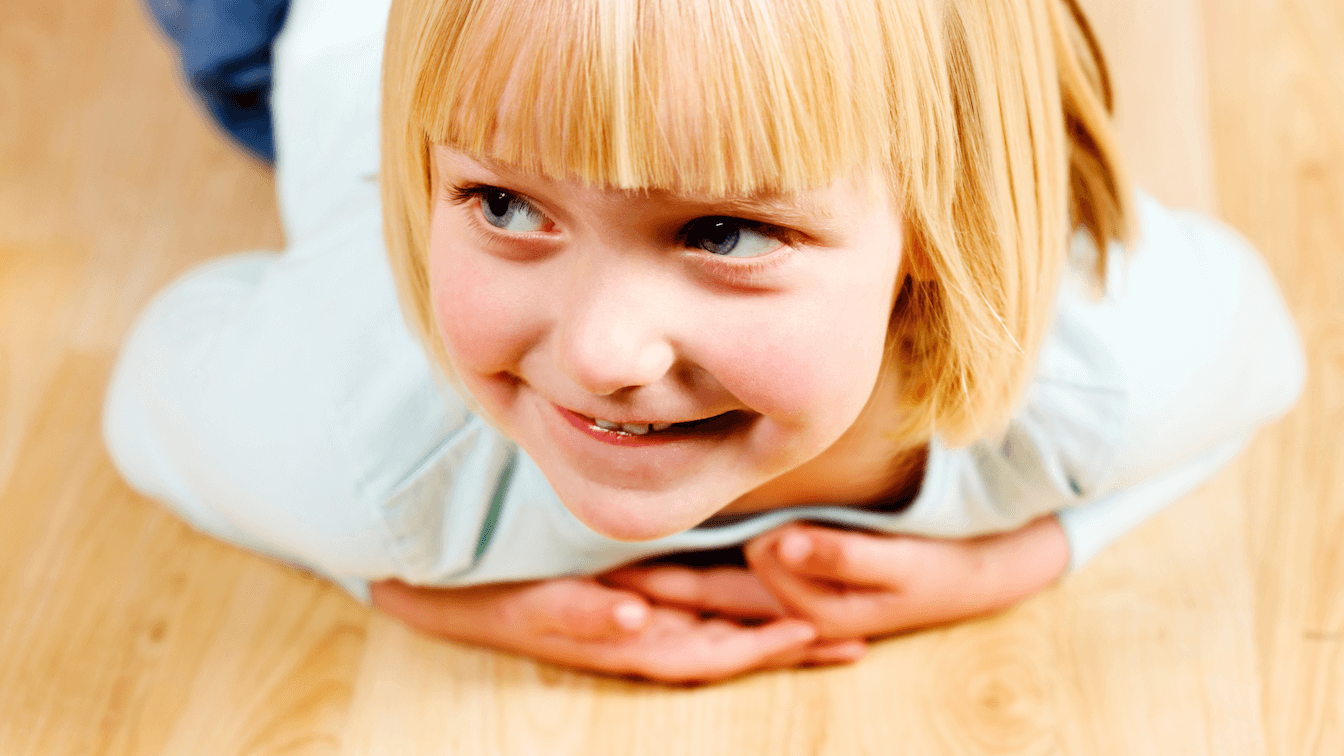Written by Laura Anderson Kirby, Ph.D
Remember the first days and weeks of the pandemic when we all had to get used to new routines? Remembering to wear a mask, frequently washing hands, dealing with new schedules, and figuring out childcare, to name a few. Change is exhausting, and especially when it happens in the context of tragic or threatening circumstances, such as a global pandemic. Navigating these transitions is cognitively taxing, which is one reason many of us have been more forgetful, less organized, and less able to manage our emotions over the past year. We simply don’t have enough space in our brains for everything!
Most humans crave routine, and for good reason. Habits save the brain energy. When we learn how to do something new, we need to use a region of our brain called the prefrontal cortex, which is responsible for 25% of the brain’s energy, despite occupying only 5% of its volume. After we complete a new task several times, the action becomes routine and processed by deeper regions of the brain such as basal ganglia, and the action takes less energy to complete. This frees up our prefrontal cortex for its other important jobs: paying attention, inhibiting impulses, emotional control, planning, and organization.
Neurodivergent children, such as those with attention-deficit/hyperactivity disorder (ADHD), anxiety, sensory processing differences, and autism spectrum disorder (ASD), crave routine even more so than the average person. It’s especially difficult for these kids to encounter changes in their routines and to transition between activities.
This is true for a variety of reasons:
-
ADHD
-
Children with attentional challenges and/or hyperactivity and impulsivity have fewer or less active neurons in their reward centers, so they find things throughout their day less rewarding. When they do find something rewarding, they tend to hyper-focus on it. When we ask them to do transition to something less rewarding (e.g., cleaning their room), this is often met with resistance or even a tantrum. Children with ADHD also have a tougher time managing their emotions during these times, due to differences in the emotional control centers of the brain.
-
-
Anxiety
-
Anxious children often have a fear of the unknown, which contributes to meltdowns. Even if they do not verbally express it, many anxious kids will be thinking about the worst possible outcomes (e.g., “I might get hurt,” “They might laugh at me”) when asked to try something new.
-
-
Sensory processing challenges
-
For kids who are sensitive or easily overstimulated, the world feels confusing and seems to move too fast for them to keep up. Order helps them feel calm, and when you change up a routine without giving them a heads up, then they might become overwhelmed, leading to resistance or problem behaviors.
-
-
ASD
-
The world is often a confusing and overwhelming place for autistic children, so the need for predictability and routine is adaptive. Many autistic individuals have challenges with cognitive flexibility, or the ability to switch between different tasks or different plans. This explains why those on the autism spectrum often have intense interests and tend to prefer doing the same things in the same order.
-
Here are some tips for helping neurodivergent (and neurotypical kids) thrive when transitioning “back to normal” following the Covid pandemic:
-
Try to minimize the number of transitions (e.g., change into clothes before breakfast so you don’t have to go back into the child’s room after eating), but don’t try to eliminate transitions altogether.
-
Prepare kids for transitions (e.g., “We are leaving in 5 minutes”). Timers work for some kids but not for others. Visual timers (sand timers, apps, can be especially helpful for younger kids).
-
Starting around age 4, show a child the calendar so he/she knows what to expect. Go week by week, as a month might be too overwhelming for some kids.
-
Read books about characters who experienced a big change and have discussions with your child about what it was like for that character, who he/she could ask for help, how he/she felt, etc.
-
Validate your child’s feelings but encourage them to face their fears rather than avoid them (“I know you’re feeling worried about going back to school. You haven’t been there in quite some time. But I know you can handle this! I’m here to support you”).
Meet Laura
Laura Anderson Kirby, Ph.D. is a children’s book author inspired by her work as child clinical psychologist and her experience raising two young, spirited children. She completed her undergraduate degree at Duke University, where she majored in Psychology and minored in English. She then spent two years in training at the Yale Child Study Center, followed by a five-year Developmental/Clinical Psychology Ph.D. program at the University of Maryland. Laura then returned to the Yale Child Study Center to complete her clinical internship and postdoctoral fellowship. Currently, she is a Clinical Associate at the Duke Center for Autism and Brain Development. Laura’s passion is to promote social-emotional learning through her writing, to help spirited and neurodiverse children feel understood, and to inspire societal acceptance of all kinds of people—because the world needs them!
Follow Laura on Instagram @laura.kirby_author
Website: www.authorlaurakirby.com












